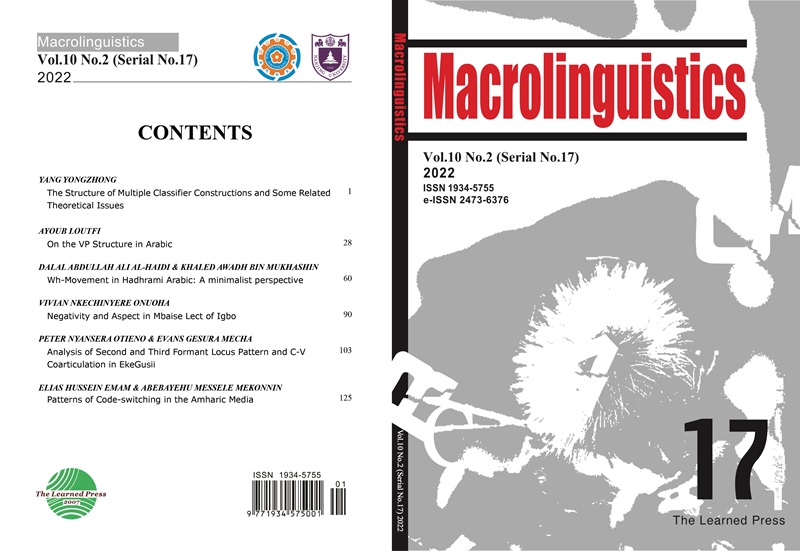什么是语言复杂性?
引用次数: 3
摘要
本文以复杂系统理论为基础,结合中外语言学在这一领域的前沿研究,系统地探讨了语言复杂性的概念内涵,概括了语言复杂性在质与量上的本质特征,即非线性和高组织深度。非线性主要表现为不平衡性、涌现性和交互性,而高组织深度表现为多层次、多维、多阶段、高基数等。一般来说,信息越复杂,其最小描述长度(MDL)越长,资源/成本消耗越高。在复杂性和简单性对立统一的关系中,语言复杂性是绝对的,而简单性是相对的。复杂性始终占主导地位,而简单性始终是平衡、控制和调节复杂性的杠杆。它们正在发展非线性的适应性互动,这导致了语言范式系统(如语法范式和修辞范式)的形成和发展。结论为研究语言复杂性提供了理论依据。本文章由计算机程序翻译,如有差异,请以英文原文为准。
What Is Language Complexity?
: On the basis of complex system theory and the frontier researches of Chinese and foreign linguistics in this field, this paper systematically discusses the conceptual connotation of language complexity, and generalizes the essential characteristics in quality and quantity, which is non-linearity and high organizational depth. The non-linearity is mainly manifested as imbalance, emergence and interactivity, while the high organizational depth as multi-level, multi-dimension, multi-stage, high cardinality, etc. Generally speaking, the more complex the information is, the longer the minimum description length (MDL) of it is, and the higher resource/cost consumption is. In the relation of unity of opposites between complexity and simplicity, language complexity is absolute, while simplicity is relative. Complexity is always in dominance, while simplicity always serves as a lever to balance, control and regulate complexity. They are developing nonlinear adaptive interactions, which leads to the formation and development of linguistic paradigm system (such as grammatical paradigm and rhetorical paradigm). The conclusion provides a theoretical basis for the study of language complexity.
求助全文
通过发布文献求助,成功后即可免费获取论文全文。
去求助
来源期刊
自引率
0.00%
发文量
83
审稿时长
20 weeks
期刊介绍:
Macrolinguistics (ISSN 1934-5755, e-ISSN 2473-6376) is an international academic journal which is specialized in research papers of non-Indo-European linguistics. It is published biannually by The Learned Press and funded by the Double First-Class Initiative of Nanjing University. It aims at contributing to the complementarity and interaction of linguistic research worldwide.

 求助内容:
求助内容: 应助结果提醒方式:
应助结果提醒方式:


